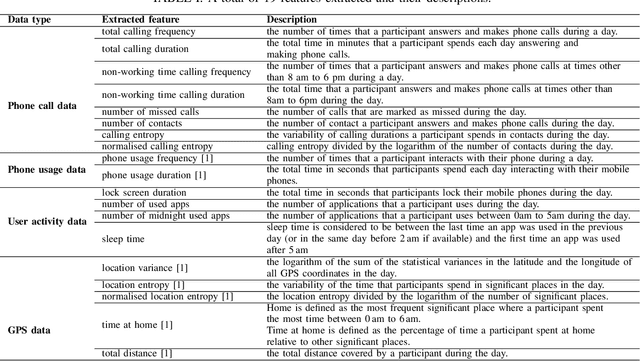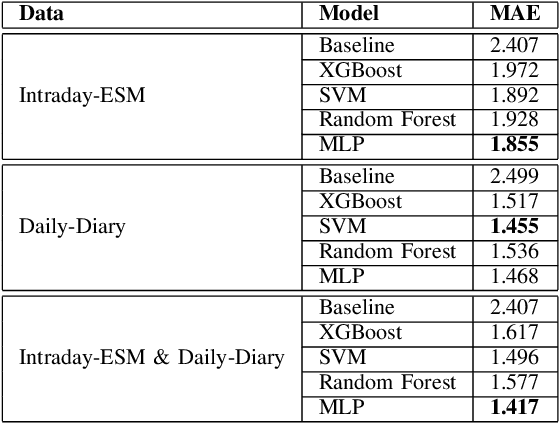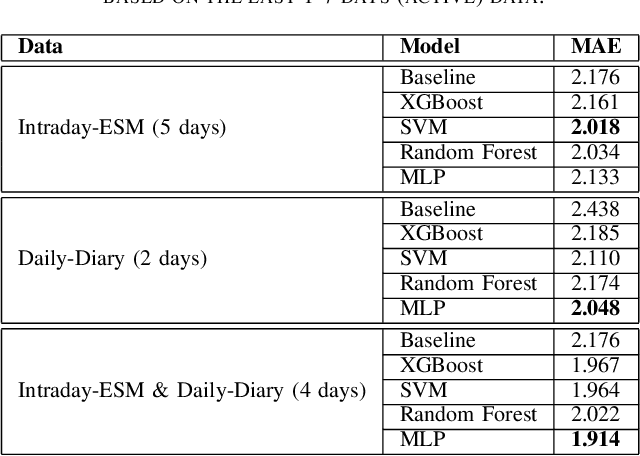Tianhao Yan
HEAR4Health: A blueprint for making computer audition a staple of modern healthcare
Jan 25, 2023Abstract:Recent years have seen a rapid increase in digital medicine research in an attempt to transform traditional healthcare systems to their modern, intelligent, and versatile equivalents that are adequately equipped to tackle contemporary challenges. This has led to a wave of applications that utilise AI technologies; first and foremost in the fields of medical imaging, but also in the use of wearables and other intelligent sensors. In comparison, computer audition can be seen to be lagging behind, at least in terms of commercial interest. Yet, audition has long been a staple assistant for medical practitioners, with the stethoscope being the quintessential sign of doctors around the world. Transforming this traditional technology with the use of AI entails a set of unique challenges. We categorise the advances needed in four key pillars: Hear, corresponding to the cornerstone technologies needed to analyse auditory signals in real-life conditions; Earlier, for the advances needed in computational and data efficiency; Attentively, for accounting to individual differences and handling the longitudinal nature of medical data; and, finally, Responsibly, for ensuring compliance to the ethical standards accorded to the field of medicine.
Depression Diagnosis and Forecast based on Mobile Phone Sensor Data
May 10, 2022


Abstract:Previous studies have shown the correlation between sensor data collected from mobile phones and human depression states. Compared to the traditional self-assessment questionnaires, the passive data collected from mobile phones is easier to access and less time-consuming. In particular, passive mobile phone data can be collected on a flexible time interval, thus detecting moment-by-moment psychological changes and helping achieve earlier interventions. Moreover, while previous studies mainly focused on depression diagnosis using mobile phone data, depression forecasting has not received sufficient attention. In this work, we extract four types of passive features from mobile phone data, including phone call, phone usage, user activity, and GPS features. We implement a long short-term memory (LSTM) network in a subject-independent 10-fold cross-validation setup to model both a diagnostic and a forecasting tasks. Experimental results show that the forecasting task achieves comparable results with the diagnostic task, which indicates the possibility of forecasting depression from mobile phone sensor data. Our model achieves an accuracy of 77.0 % for major depression forecasting (binary), an accuracy of 53.7 % for depression severity forecasting (5 classes), and a best RMSE score of 4.094 (PHQ-9, range from 0 to 27).
Journaling Data for Daily PHQ-2 Depression Prediction and Forecasting
May 06, 2022


Abstract:Digital health applications are becoming increasingly important for assessing and monitoring the wellbeing of people suffering from mental health conditions like depression. A common target of said applications is to predict the results of self-assessed Patient-Health-Questionnaires (PHQ), indicating current symptom severity of depressive individuals. In this work, we explore the potential of using actively-collected data to predict and forecast daily PHQ-2 scores on a newly-collected longitudinal dataset. We obtain a best MAE of 1.417 for daily prediction of PHQ-2 scores, which specifically in the used dataset have a range of 0 to 12, using leave-one-subject-out cross-validation, as well as a best MAE of 1.914 for forecasting PHQ-2 scores using data from up to the last 7 days. This illustrates the additive value that can be obtained by incorporating actively-collected data in a depression monitoring application.
 Add to Chrome
Add to Chrome Add to Firefox
Add to Firefox Add to Edge
Add to Edge